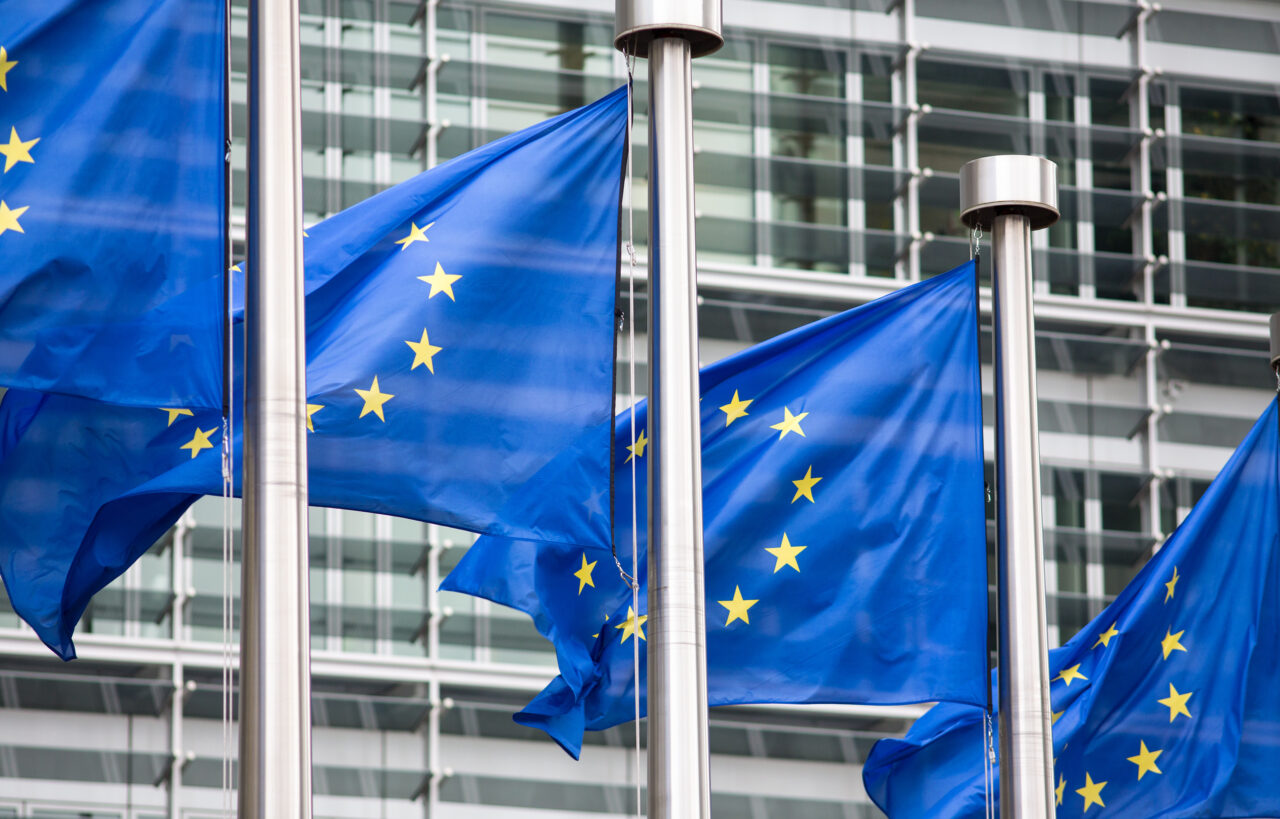policy impact with FIPRA
Champions for 30 Million Reasons on #RareDiseaseDay

There are 30 million people living with a rare disease in Europe today. Their testimonials reveal the fight they still face for access to a diagnosis, health care, treatment, awareness and equality. Rare diseases are often life-changing, and many start in childhood. These conditions can mean everyday activities like exercising or travelling become impossible. They also impact patients’ carers and families.
On this Rare Disease Day, the health of people living with a rare disease – and the impact on their carers and families – is in the spotlight worldwide and especially here in Brussels. They are one of 30 million reasons why Europe needs policymakers to develop a European Rare Disease Action Plan.
For Europe by Europe
At FIPRA, we’re champions for this cause because we’ve seen through our client work over 10 years what a difference a collective European approach can make. EU leaders have the power to create a common vision that can finally bring together expertise and resources across Member States in ways that the rare disease community can contribute to in meaningful ways.
We’ve had the privilege of leading three projects with clinicians, industry, patients and other stakeholders that illustrate the benefits of a collective approach. On this Rare Disease Day, we’re sharing three predictions for the march towards a European Action Plan based on our experience.
Do you have any recommendations for rare disease research, programming and advocacy to share? We’re always looking for new allies, champions and partners. Our team is happy to hear from you.
- ERNs will drive change
A European Action Plan should improve how and where the innovative therapies of tomorrow can be developed. Finding ways for clinicians and patients to join forces with developers to better understand rare conditions, and feed into R&D efforts (from translational research and clinical trials, all the way to diagnostic tools) is one non-legislative asset we have in our toolbox as a community that can unlock more innovative treatments.
Through our work with Together for Rare Diseases, we’ve seen how ideally suited European Reference Networks (ERNs) are to drive this change. They have a wealth of clinical and scientific expertise, as well as potential to collect and pool data from dispersed patient populations. In turn, industry has expertise in research, regulatory and clinical trials. By bringing these groups together, Europe can harness their mutual strengths and unlock the new healthcare interventions that are so badly needed.
- Real word data will be increasingly decisive
The European Health Data Space proposal is set to be finalised in EU negotiations in the next months, marking the establishment of the first European data space. This is a significant moment for the rare disease community. Data is decisive for pricing and reimbursement decisions by ensuring value to patients and healthcare systems.
But the lack of evidence due to the small patient populations in rare diseases makes pricing and reimbursement decisions problematic for healthcare systems. That’s because most innovative therapies receive conditional reimbursement, meaning validated patient outcomes are needed for expanded and/or future access. This is where the Real World Evidence 4 Decisions initiative comes in.
It’s showing that Europe can in fact increase its use of data for decision-making. As part of the initiative, we’ve seen that the missing ingredient is often trust, along with siloes. In response, we’ve been building bridges between payers, regulators, patients, clinicians and industry to finally develop the evidence base needed for patients to access innovative therapies. Lessons-learned from this initiative should be front and centre in the European Action Plan.
- Cross-border treatment can and should increase
Treatments for rare diseases can involve administering cell and gene therapies (or ATMPs) that aren’t as easy as transporting a box of pills from one place to another. ATMPs are highly complex therapies, involving a long production chain, specialist equipment and oversight by trained doctors and nurses in dedicated hospitals or centres.
Predictably, not all Member States have these capabilities and likely won’t soon in any widespread way. That’s why patients often need to travel from their home Member State to another for treatment. But this is no easy feat either. The EU Court of Auditors Report has acknowledged that the Directive on Cross-border Healthcare is not delivering as it should
In the march towards the European Action Plan, the Alliance for Transformative Therapies is calling for a renewed focus on cross-border treatment for people living with a rare disease. The Alliance has identified practical solutions that can reduce inequalities in access across the Union and enable innovation to reach more patients. We expect this call to grow even louder in the leadup to the next Commission mandate, starting in July 2024.
A plan whose time has come
Solutions for rare disease are too important to leave to luck or chance. On this Rare Disease Day, we hope meaningful and productive conversations happen in Brussels and other national capitals in support of a European Rare Disease Action Plan. It’s clearly a plan whose time has come. As for FIPRA, we continue our efforts to champion this cause as part of the vibrant rare disease community that inspires us daily with their spirit and courage.
We encourage you to read EURORDIS’ Rare 2023 Foresight Study, initiated by the European Parliament with input from over 200 experts and thousands of patients. The study offers eight ambitious recommendations for national plans and strategies with measurable goals.


